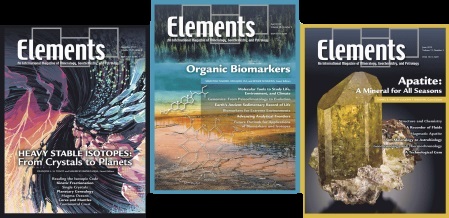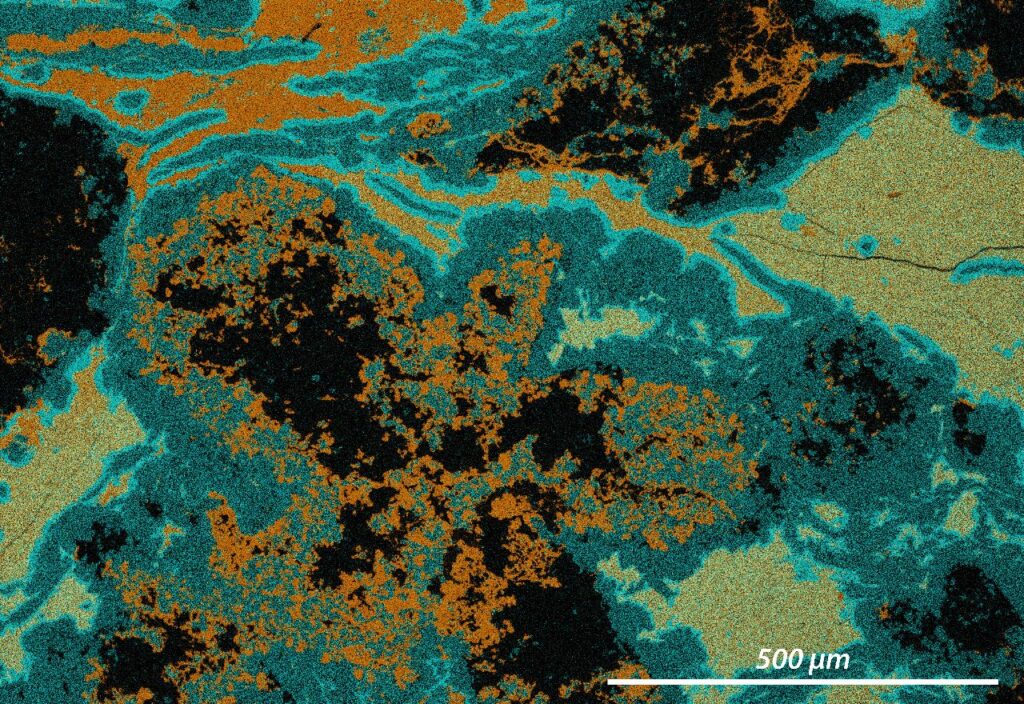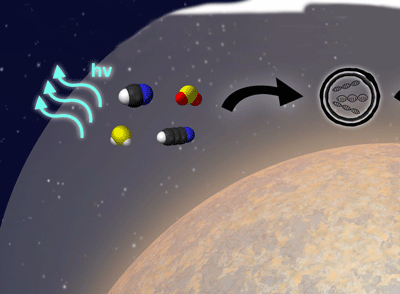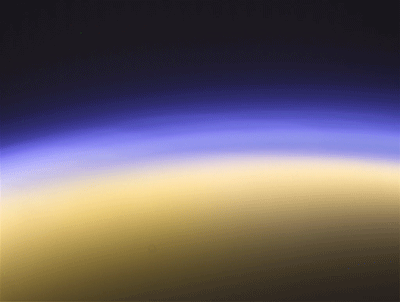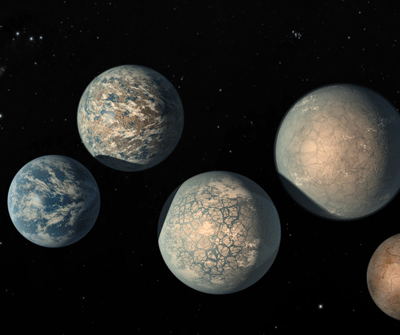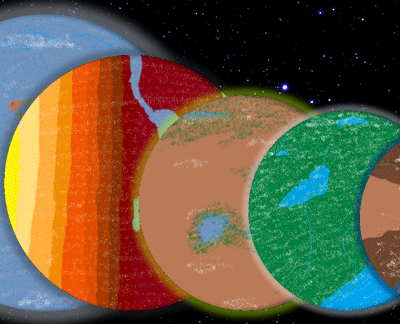The Vigor, Futility, and Application of Microbial Element Cycles in Alkaline Soda Lakes
Alkaline soda lakes are known as some of nature’s most biologically productive ecosystems. Vigorous production (photosynthetic conversion of inorganic carbon into biomass) is countered by incremental biomass degradation, which fuels and feeds a diverse microbial community. Learn here about key adaptations that help microbes survive and thrive in the extreme conditions of alkaline soda lakes. Dive into the interconnected microbial element cycles of alkaline soda lakes and discover how the geochemistry of these environments presents microbes with unique challenges and opportunities. Throughout this article, explore how the microbial inhabitants of alkaline soda lakes have been harnessed in biotechnological applications, including the production of protein-rich food, detergent enzymes, and the purification of biogas.
The Vigor, Futility, and Application of Microbial Element Cycles in Alkaline Soda Lakes Read More »

